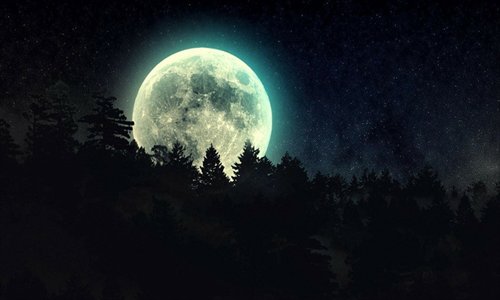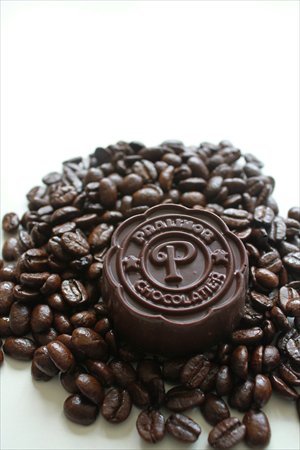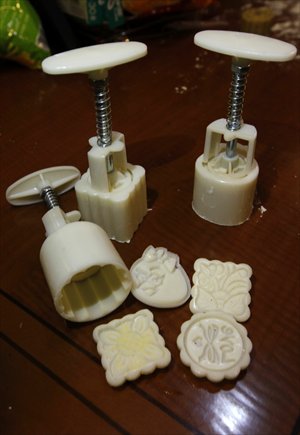When the moon is full
"Looking up, I see the moon so bright. Looking down, I think of my hometown." This couplet written by Li Bai (701-762) more than a thousand years ago is probably the first poem every kid in China learns to recite, and it is still touching, especially on one night in autumn - September 19 in this year's case - when the moon is perfectly round.
The Mid-Autumn Festival has always been a big deal for Chinese people. Over the years, myths, foods and activities have been incorporated into the celebration, which people never tire of as long as the charisma of the moon and the nostalgia for home remain immortal.

Myths
History becomes legends and legends become myths. The origin of the Mid-Autumn Festival is now a miscellany of myths, involving emperors from different dynasties, an impeccably beautiful yet unfaithful woman, and a rabbit.
The date of the festival was not fixed until the early Tang Dynasty (618-907) after Emperor Xuanzong (712-756) dreamed of visiting the palace on the moon, as one legend has it. Another legend goes that Zhu Yuanzhang (1328-1398), the founding emperor of the Ming Dynasty (1368-1644), delivered secret messages of uprising against the Mongol-led Yuan Dynasty (1279-1368) through mooncakes.
In the fairy-tale version, Chang'e, the most beautiful woman on earth, took her husband's medicine that could turn mortals into gods and flew to the moon. Accompanied by no one but a rabbit, she was unable to return to earth. Every year, on the 15th night of the eighth month of the lunar calendar, the husband prepared Chang'e's favorite food under the brightest moonlight, which then became a tradition.
For people in Shanghai as well as neighboring provinces, the festival is flavored by three special dishes: duck (yazi), edamame pods (jia) and taro (yu). It is said that the latter two sound similar to "luck" (ji or yun) while duck sounds like Zhu Yuanzhang's enemy, Dazi, which means Mongolians. But the reason could also simply be that the three dishes taste best during this time of year.

A chocolate mooncake from local chocolatier Pralinor Photos: Courtesy of Pralinor
Mooncakes
It is hard to deny that traditional mooncakes are becoming less popular these days. People still buy them in beautiful boxes to give as gifts, but they are often left uneaten. One of the classic mooncake fillings, wuren, a mixture of five different kinds of nuts, are particularly reviled. On the other hand, new types of mooncakes, with smarter looks and exquisite fillings, keep the tradition updated for modern tastes.
"We imported all the ingredients from Europe and handmade all the mooncakes. The only machine we use is the machine to melt the chocolate," Maksy Palkiewicz from local chocolatier Pralinor told the Global Times. "Our hands and hearts," he added, pounding his chest proudly.
Hailing from Belgium, the El Idrissi family has enjoyed the tradition of handmade chocolate for three generations. About eight years ago, Mehdi El Idrissi came to Shanghai and established a small chocolate workshop. Three years ago, they came up with the idea to combine high-quality chocolate with the tradition of mooncakes.
"In China we saw companies come and go. We had no money for advertisements. We stayed for quality. On the Internet many sellers put up fancy pictures, but you've got to have a taste yourself to see if it's really good," Palkiewicz said. "Adaptations are essential. For example, Chinese people don't like it too sweet."
Another notable adaptation was to customize the mooncakes, printing whatever image or logo on the surface that the customer requests. "I checked, and to my surprise, no other company was doing this!" Palkiewicz said. "For big companies, it is much less flexible."
"There is a limit to our quantity. You can't order 10,000 boxes from us. But of course we consider ourselves to be artists rather than an industry," he added.
Besides alternatives from innovative artisan workshops, one can also choose to make mooncakes at home. The trend is on the rise. "You can find recipes on the Internet and buy all the raw materials, which are already properly mixed, on taobao.com," Xu Danfeng, a white collar worker, said. "The rest depends on your talent."
Xu demonstrated the whole process, from mixing the dough to baking the mooncakes in the oven, which took about two hours.
"The difficult part is wrapping the 35 grams of filling inside the 15-gram shell," Xu said, carefully weighing every component on a small electronic scale. "My colleagues and friends always encourage me to open a store on taobao. But I enjoy it more as a hobby."

Homemade mooncakes by Xu Danfeng Photo: Cai Xianmin/GT
Music
On September 19, "The Full Moon and Blooming Flowers," a concert performed by Accent Orchestra and conducted by Fan Tao, one of China's top conductors, will take place at the Shanghai Oriental Art Center. Fifteen beloved classics, both Eastern and Western, ranging from Mandopop standard "The Moon Represents My Heart" to Johann Strauss' Radetzky March, are on the set list.
For party animals, the Taihu Lake Electronic Music Festival in Wuxi promises a good time. Running from September 19 to 21, the carnival boasts musicians from all over the world, playing dubstep, progressive, psytrance, techno, house and trance, as well as the biggest naked-eye 3D laser show in China.